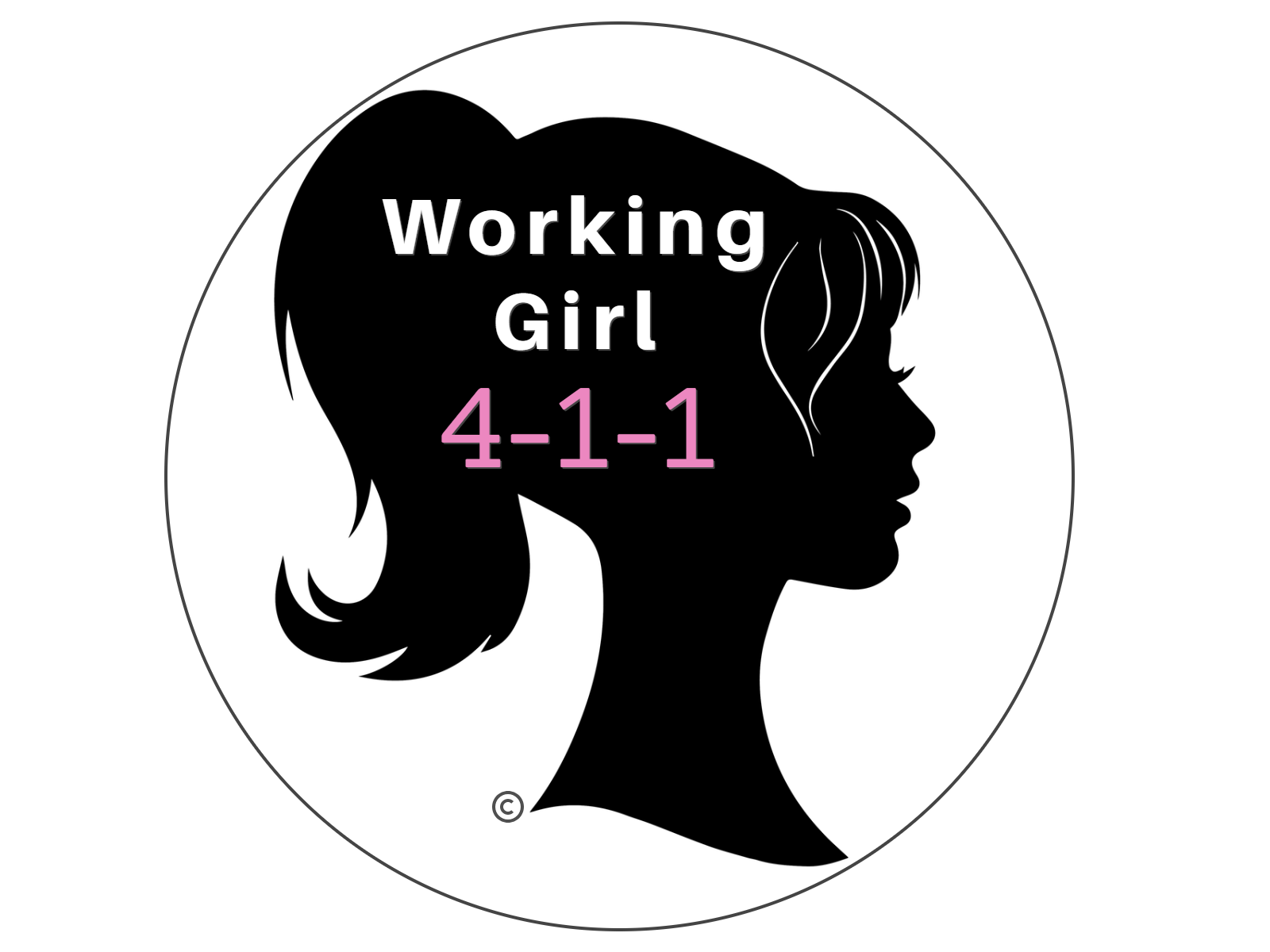This is the first part of a five-part series discussing the Dimensions of Wellness
Most people usually make at least one resolution at the beginning of a new year to change something about their lives. And throughout that year, we keep little nagging thoughts in the back of our minds.
Do any of these resolutions sound familiar?
• I’m going to lose some weight, exercise, and eat healthier.
• This is the year I’ll get a better job.
• I’m going to get out of debt and save more money.
• I really need to spend more quality time with my family and friends.
• I’m getting organized this year.
But somehow, as soon as the thought of change pops into our heads, so does the reinforcing excuse why we have made good on that resolution.
• I know I shouldn’t eat this, but I’m busy, and there never seems to be enough time for exercise. And healthy foods cost too much.
• If I leave this job for another one, how do I know it’ll work out. I’ve got my pension, retirement, and benefits to think about.
• It’s hard to save when so many unexpected expenses keep sucking up my money.
• I’m so tired at the end of the week, I just need to rest and de-stress.
• I’m not naturally organized, so what’s the point?
In his article, “10 Top New Year’s Resolutions for Success and Happiness in 2019”, author Peter Economy states:
(https://www.inc.com/peter-economy/10-top-new-years-resolutions-for-success-happiness-in-2019.html)
Researchers say about 60 percent of us make New Year’s resolutions but only about 8 percent are successful in achieving them.
Why is it hard to get our resolutions for change off the ground? Maybe it’s because at the beginning of the year, we’re caught up in the ritualization of resolutions, and they are definitely on our wish lists, but never make it past being a wish. And the only time we dust off these wishes is when we are faced with examining the fact that we haven’t made a move to make the wish a reality. Or until it’s added to yet another New Year’s resolution list.
If more than half of us are making resolutions, then we share something in common – a desire to change something about our lives for the better. And the more things we desire to change about ourselves, the more overwhelming achieving each wish becomes, and that feeling of overwhelm can stifle us to the point of inaction. We simply do nothing…except wish.
What if we organize all of the steps required to meet our goals into a project? And we call our project a Wellness Journey.
What is Wellness?
Before we define a Wellness Journey, we must agree on the definition of wellness itself.
Wellness – a well-rounded healthy lifestyle that’s habitual.
Wellness is not just done at the beginning of the year, and your journey can start at any moment in time. Wellness is about improving the quality of your life.
Therefore, the end-game of a Wellness Journey is achieving your wishes. The journey portion simply outlines the steps you will take to get there. The Wellness Journey is a journey about you, for you, and by you. Only you can take the journey and you are the primary beneficiary of its positive outcomes of the trip. So, it’s all about you.
Wellness vs Health
You may be asking yourself, “Can’t I just improve my health? Why all of this focus on wellness? If I’m healthy, then I’m well. This is true in some cases. Let’s say you improve your health to such a degree that you get a clean bill of health on your yearly physical. So, you are healthy, and from a purely physical standpoint, you are well. But is that the final destination for where you want to be? Healthy and that’s it? What if another one of your goals was to lose weight or exercise to get the body you desire? This is where health and wellness part ways. Health is a part of wellness, but wellness encompasses more areas of your life to get you to achieve the state and quality of life you truly desire.
You could be completely healthy and still be stressed out.
What Is the Difference Between Health and Wellness?
Health and wellness are NOT the same. Health simply means you are disease free, while wellness examines different areas of your overall well-being.
– You could be healthy and still be in debt.
– You could be the healthiest person in your neighborhood and still not have a strong relationship with your family and friends.
– You could be healthy and still desire to get more fulfillment out of life.
Get the idea? Health is a part of Wellness, but wellness focuses on improving, changing, and growing all of life’s components.
The general definition of health is being disease-free, however, other definitions contradict that notion.
Health:
| “freedom from physical disease or pain”
– Merriam-Webster Dictionary
Wellness:
| “a conscious, self-directed and evolving process of achieving full potential”
| “a multi-dimensional and holistic, encompassing lifestyle, mental and spiritual well-being, and the environment
| ” is an active process through which people become aware of, and make choices toward, a more successful existence.
– The National Wellness Institute
(Cited: https://www.nationalwellness.org/page/Six_Dimensions )
In other words,
Health is a state of being.
Wellness is the set of actions to enhance your well-being.
Basically, when you improve your overall wellness, by default you are improving your health.
Why Wellness Is Important in Our Daily Lives
We have already identified wellness as an essential state of well-being. If there is some aspect of our daily life that is in discord, that dysfunction can affect many areas – our emotions, mental health, nutrition, environment, and our physical health. Suppose you carry a large degree of stress with you about a particular thing. This stress can affect your breathing, or it could lead to headaches, migraines or ulcers. In an extended state of stress, you may begin to get depressed, start drinking alcohol more or eating more. Developing a strong dependence on alcohol could lead to alcoholism which may affect your job or judgments related to what’s right and wrong. Overeating could lead you to become obese and be susceptible to a host of illnesses such as strokes, diabetes, heart disease or high blood pressure.
It is important to keep the various aspects of our daily life in healthy balance so these components will help us thrive and be better prepared to effectively cope with life’s challenges. Balanced components will better equip us to strive to make our wishes a reality.
Wellness Dimensions
Wellness dimensions are identified as key areas in your life that affect your well-being. Before we begin to outline steps to take to improve our lifestyle, we need to be able to properly structure those steps into some sort of framework. Wellness dimensions are the building blocks of that framework.
Wellness dimensions are the sum total of the different aspects of your life. The goal of the Wellness Journey is to bring about change and growth in each of these aspects to lead you to a fuller, more enriching life experience. The journey is your blueprint to realize your goals and reach your full potential.
There are several organizations, associations, and institutions dedicated to wellness awareness and education. Each establishment has the same foundational goal of improving the mind, body, and spirit. Some organizations will list six dimensions while others will list seven or eight.
For the sake of our Wellness Journey efforts here, we will examine the eight dimensions of wellness model. Below you will find the core dimensions associated with wellness as well as brief descriptions of each area.
Eight Dimensions of Wellness
Reviewing these dimensions can help you categorize your wellness goals and incorporate those goals into your everyday life.
• Physical
• Emotional
• Occupational
• Financial
• Spiritual
• Social
• Intellectual
• Environmental
One of the primary benefits of structuring our Wellness Journey into dimensions is we are organizing ourselves to be able to target a specific aspect of life to change and focus on the steps and strategies we need to take to make to change habits and create newer, better habits that will contribute to changing our lives.
Now that we have our dimensions in place, in our next article, we’ll explore what each of these dimensions represents as well as begin to add to our list of what we would like to improve in each area.







